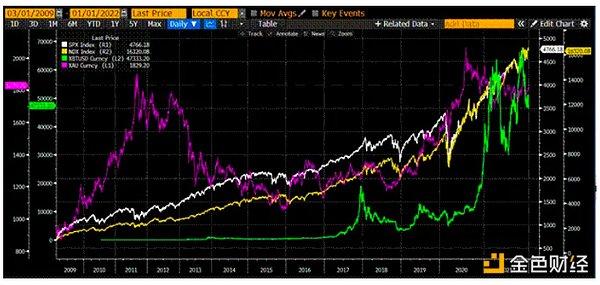Written by: Decentralised
Translated by: Odaily Golem
This article explores the current state of venture capital in the crypto industry and expectations for the future. All data is sourced from Funding Tracker.
Current State of Crypto Venture Capital
Rational market participants might believe that capital markets, like other cyclical phenomena in nature, have their highs and lows. However, crypto venture capital seems more like a one-way waterfall - a continuous gravity experiment. We may be witnessing the final stage of a frenzy that began with smart contract and ICO financing in 2017, accelerated during the low-interest pandemic era, and is now returning to a more stable level.
[The rest of the translation follows the same professional and accurate approach, maintaining the original structure and meaning while translating to English.]Lack of convenient liquidity exit windows means venture capitalists will have to reassess their views on liquidity and investment. The days of investors expecting liquidity exit opportunities within 18-24 months are long gone. Now, employees must work harder to obtain the same number of tokens, and the valuation of these tokens has become lower. This does not mean that there are no profitable companies in the crypto industry; it simply means that, like traditional economies, a few companies will emerge that attract the vast majority of economic output in the industry.
If venture capitalists can make venture capital great again by seeing the true nature of founders rather than the tokens they can issue, the crypto venture capital industry can still move forward. Today, the strategy of signaling in the token market, then hastily issuing tokens and hoping people will buy them on exchanges is no longer viable.
Under such constraints, capital allocators are incentivized to spend more time collaborating with founders who can capture a larger market share in an evolving market. The shift from venture capital firms in 2018 only asking "when will tokens be issued" to wanting to know how far the market can develop is an education that most capital allocators in web3 must go through.
However, the question remains: how many founders and investors will persist in seeking the answer to this problem?







